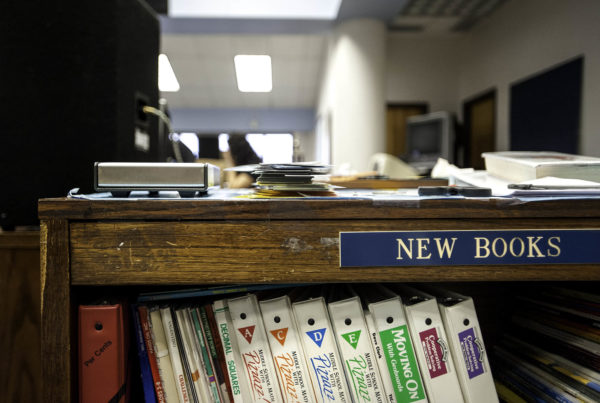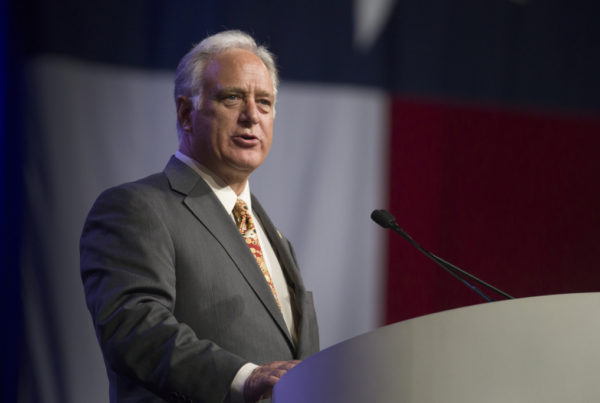This month, we’re looking at the speaking style of the Queen of Cumbia herself, Corpus Christi native Selena Quintanilla – usually known simply as Selena. Most know her for her singing, especially her famous song “Bidi Bidi Bom Bom.” But the way she spoke also revealed how she navigated through the entertainment industry as a Texan and a Tejano woman.
Lars Hinrichs, associate professor of English linguistics at the University of Texas at Austin, and director of the Texas English Project, says Selena had different speech patterns depending on to whom she was speaking.
Here’s Selena on a national TV show during the Lubbock leg of her tour in 1994:
“I was a spoiled little brat, and he was getting all the attention and I was like, ‘Hmm, I’m gonna go pick up somethin’ and try to learn on my own,’ so I went and got a book.”
And here she is again, also in 1994, on a San Antonio Univision show during which the interviewer is asking Selena questions in English and Spanish:
“Well, It was supposed to be just like a ‘Hi’ and ‘Bye’ to Bibi, and then we were gonna go out and sing, but when we got there, I ended up acting.”
Hinrichs says the in the first clip, Selena’s accent is quintessentially Texan.
“It did not have any markers of ethnic specificity,” Hinrichs says. “Instead of ‘Own’ she said ‘OAN,’ and she said ‘Att-IN-tion’ for ‘Attention.’”
Then, when she speaks with the Univision interviewer, Hinrichs says her Tejano identity comes through.
“Her speech, now, shows some influence from Spanish,” Hinrichs says. “The speech … is more rhythmic, and I think the big feature here would be the way she says ‘sing’ at the end.”
He says she shortens the “i” sound in “sing” to sound more like an “e,” as in “deed.” Hinrichs calls that “iota tensing,” which refers to the phonetic symbol in linguistics that’s used to indicate the “i” sound.
Selena also shortens the “i” when talking about her musical tastes: “Just different music – I listen to every-THEENG.”
“She uses the Tejano speaking style on the TV station that is made for a bilingual audience in San Antonio who partly speaks like this themselves,” Hinrichs says. “So it’s an audience effect in speech variation.”
Hinrichs says it’s most likely an unconscious behavior on Selena’s part.
“It’s very normal for people to adjust their behavior … to whoever they’re speaking to,” Hinrichs says. “It’s a way of building an interactive situation.”
Written by Caroline Covington.
















